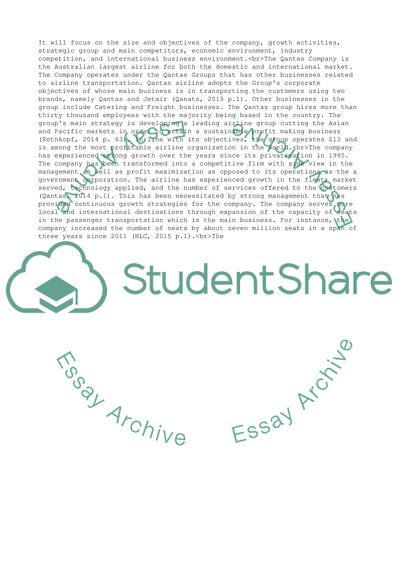Cite this document
(Qantas Airlines Essay Example | Topics and Well Written Essays - 2250 words, n.d.)
Qantas Airlines Essay Example | Topics and Well Written Essays - 2250 words. https://studentshare.org/business/1872223-qantas-airlines
Qantas Airlines Essay Example | Topics and Well Written Essays - 2250 words. https://studentshare.org/business/1872223-qantas-airlines
(Qantas Airlines Essay Example | Topics and Well Written Essays - 2250 Words)
Qantas Airlines Essay Example | Topics and Well Written Essays - 2250 Words. https://studentshare.org/business/1872223-qantas-airlines.
Qantas Airlines Essay Example | Topics and Well Written Essays - 2250 Words. https://studentshare.org/business/1872223-qantas-airlines.
“Qantas Airlines Essay Example | Topics and Well Written Essays - 2250 Words”. https://studentshare.org/business/1872223-qantas-airlines.


